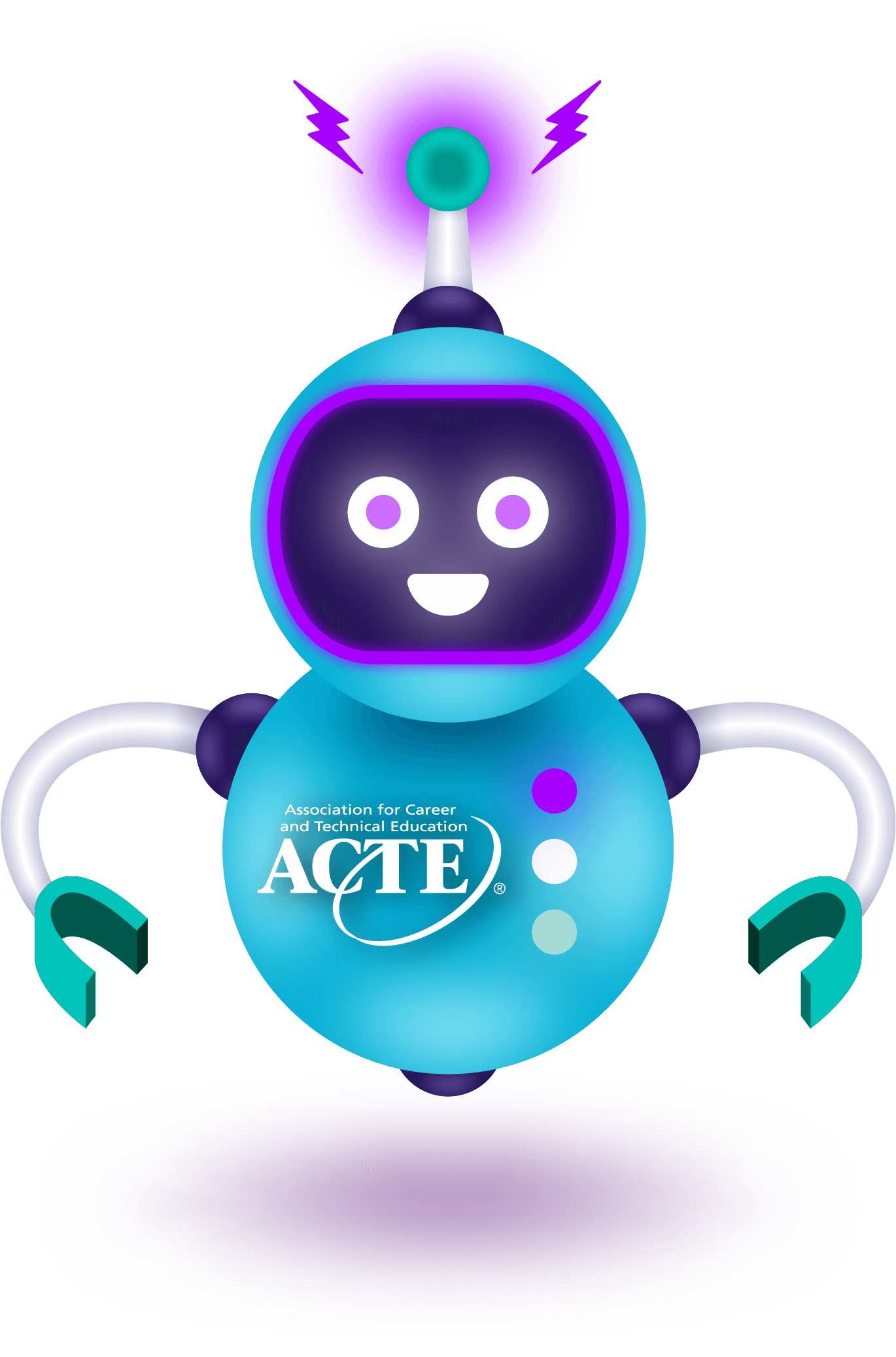Key Legislation
In March 2021, Sens. Bill Cassidy (R-LA), Elizabeth Warren (D-MA), Tim Scott (R-SC) and Sheldon Whitehouse (D-RI), and Reps. Raja Krishnamoorthi (D-IL), Steve Stivers (R-OH), Suzanne Bonamici (D-OR), Joe Wilson (R-SC), Mikie Sherrill (D-NJ) and Bryan Steil (R-WI) reintroduced S. 839/H.R. 2030, known as the College Transparency Act (CTA). The CTA, which had also been introduced in previous years, would establish a national postsecondary data reporting system to provide information on student outcomes, such as enrollment, completion and earnings, across postsecondary institutions and career fields. This bill is one of ACTE’s top legislative priorities.
Background
Currently, the Higher Education Act (HEA) prohibits the collection and reporting of student level outcomes, such as enrollment figures, completion rates and earnings numbers, across all postsecondary institutions in the United States. Without access to this data, students and their families do not have access to the most up-to-date data to make informed choices about their education and career goals, nor do employers have the resources and talent pipelines they need to fill positions in high-wage, in-demand career fields. The CTA would both eliminate the ban on federal student data collection and create a streamlined, secure data network within the National Center for Education Statistics (NCES).
The data would be disaggregated by race, ethnicity and gender to help identify inequities, while protecting students by prohibiting the sale of data and penalizing illegal data use, among other safeguards. The bill would require an accompanying “user-friendly” website that is capable of returning data to states and institutions so they can use the information to inform their practices.
Next Steps
Currently, there are 30 cosponsors in the Senate and 69 in the House of Representatives for the CTA, however, there are a number of Members of Congress, including House Education and Labor Committee Ranking Member Virginia Foxx (R-NC) that have significant concerns about the bill, complicating its path forward. ACTE’s public policy team is continuing to urge Members of Congress to cosponsor the bill and advocating for its passage. While a full reauthorization of the Higher Education Act (HEA) is unlikely to move forward this year, it is still possible that the bill could be passed as part of a different legislative package, or it could gain traction as a standalone bill.
Please continue to monitor ACTE’s Policy Watch blog for more information as this proposal continues to make its way through Congress!







